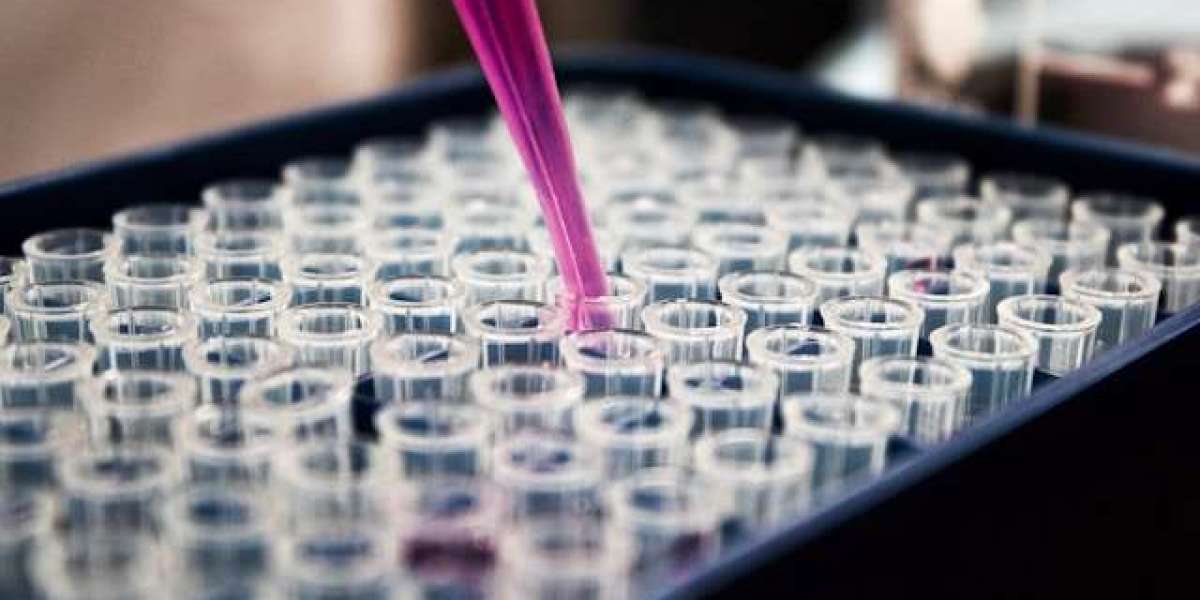When it comes to chemical blending, safety should always be the top priority. Whether you're working in a large-scale industrial setting or a smaller manufacturing environment, understanding and implementing best practices is crucial. Not only does this protect workers and the environment, but it also ensures compliance with regulatory standards. In the realm of chemical contract manufacturing, maintaining high safety standards can significantly impact the quality and reliability of the final product. Here, we delve into essential safety practices to follow when handling chemicals during blending.
Understanding the Basics
Before diving into best practices, it's important to understand what chemical blending involves. Chemical blending is the process of combining different chemical substances to create a final product with specific properties. This process is common in industries such as pharmaceuticals, cosmetics, food production, and more. The nature of these chemicals often makes them hazardous, thus necessitating stringent safety measures.
Best Practices for Chemical Blending
1. Comprehensive Training and Education
Every employee involved in the blending process should undergo comprehensive training. This includes understanding the properties of the chemicals being used, recognizing potential hazards, and knowing the proper handling techniques. Regular refresher courses and safety drills can help keep safety top-of-mind.
2. Personal Protective Equipment (PPE)
Personal Protective Equipment is a fundamental aspect of chemical safety. Depending on the chemicals involved, this may include gloves, goggles, face shields, lab coats, and respiratory protection. Ensuring that all PPE is in good condition and used correctly is vital for protecting workers from exposure.
3. Proper Ventilation
Adequate ventilation is critical to prevent the buildup of toxic fumes and vapors. Using fume hoods, exhaust fans, and proper air filtration systems can help maintain a safe working environment. Regular maintenance of these systems is necessary to ensure their effectiveness.
4. Safe Storage of Chemicals
Proper storage of chemicals is essential to prevent accidents. Chemicals should be stored according to their hazard classifications, with incompatible substances kept separate. Containers should be clearly labeled, and storage areas should be well-ventilated and secure.
5. Emergency Preparedness
Accidents can happen, even with the best safety measures in place. Having an emergency response plan is crucial. This includes knowing the location and proper use of emergency showers and eyewash stations, having spill containment kits readily available, and ensuring that all staff are trained in emergency procedures.
6. Documentation and Record-Keeping
Maintaining accurate records of chemical inventories, safety data sheets (SDS), and incident reports is essential for tracking and improving safety practices. Documentation helps ensure compliance with regulatory requirements and can provide valuable information in the event of an accident.
7. Regular Safety Audits
Conducting regular safety audits can help identify potential hazards and areas for improvement. These audits should be thorough and include all aspects of the chemical blending process, from storage and handling to employee training and emergency preparedness.
The Role of Chemical Contract Manufacturing
In chemical contract manufacturing, safety protocols must be meticulously followed to ensure the integrity of the final product. Contract manufacturers often work with a variety of clients and chemicals, making robust safety measures even more critical. By adhering to the highest safety standards, chemical contract manufacturers can build trust with their clients, ensure regulatory compliance, and contribute to the overall safety of the industry.
Conclusion
Safety in chemical blending is non-negotiable. By following these best practices, companies can protect their employees, the environment, and their products. Whether in-house or through chemical contract manufacturing, prioritizing safety leads to more reliable outcomes and a healthier, safer workplace. Remember, in the world of chemicals, it’s always safety first.








